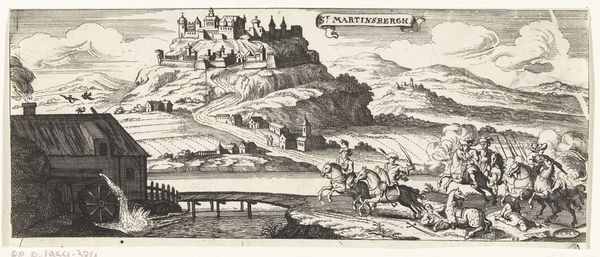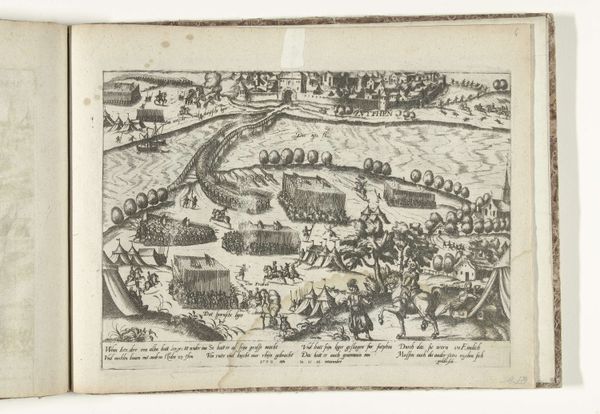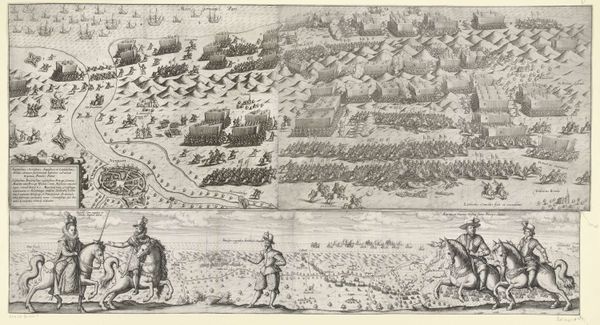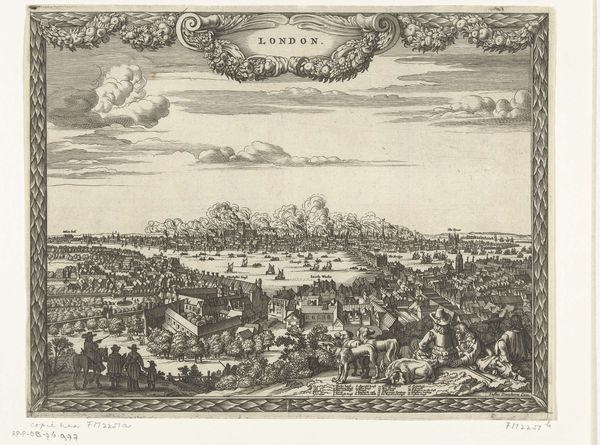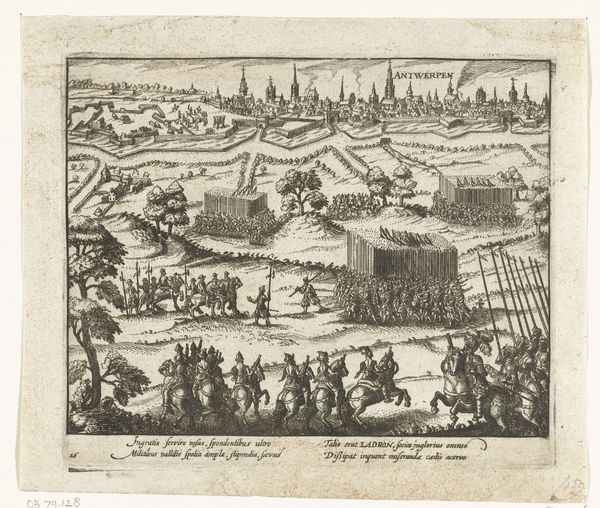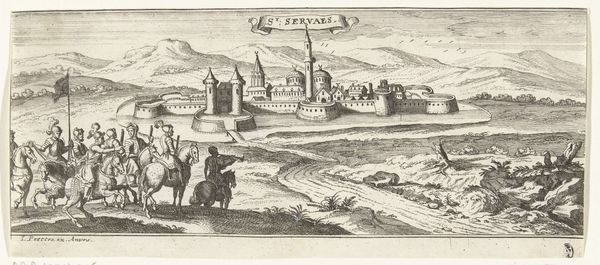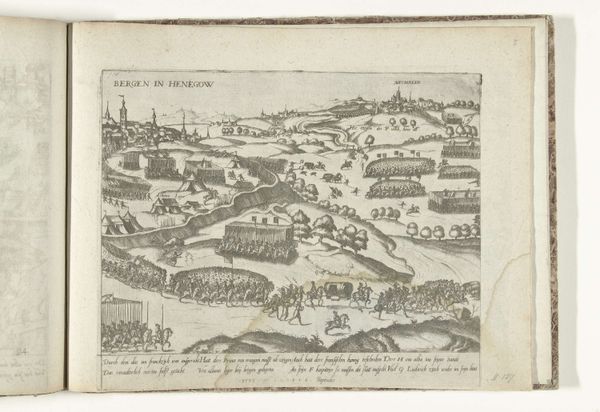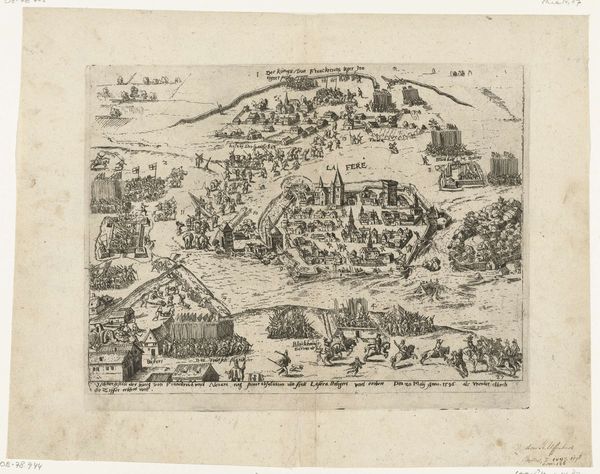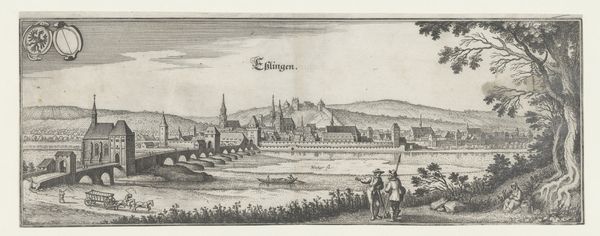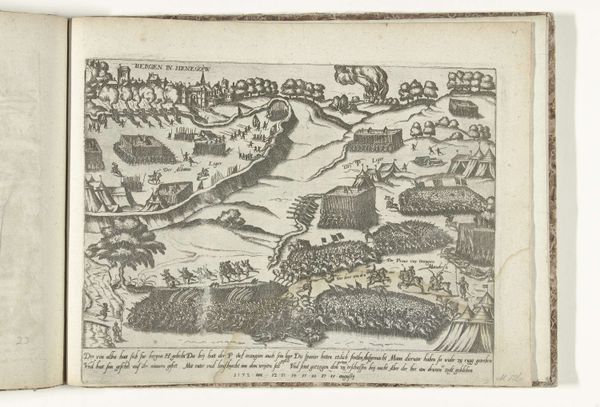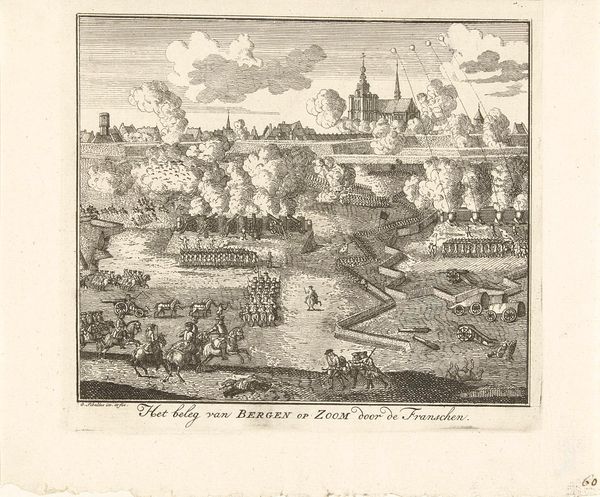
print, engraving
#
baroque
# print
#
landscape
#
perspective
#
line
#
cityscape
#
engraving
Dimensions: height 105 mm, width 260 mm
Copyright: Rijks Museum: Open Domain
Editor: This engraving, “Gezicht op Smederevo” by Gaspar Bouttats, dates back to 1686. The detailed line work almost gives it a sense of… documentation. It feels like an attempt to meticulously record the city. How would you approach interpreting this piece? Curator: Well, let's think about the materiality. Engravings like this were reproduced. It shows us about labor of image production in the 17th century. What’s interesting is the choice to depict a cityscape like this, with such detail, inviting mass consumption of a particular image. Think about who could afford such prints. What were their needs? Editor: So, you’re suggesting it speaks to a burgeoning consumer culture? I hadn't considered that! Curator: Exactly! This wasn't about pure artistic expression, it was business. The city’s geography and key monuments becoming commodities. Editor: The social and economic context really shifts my understanding of it. Curator: Now look at the process: someone had to physically inscribe this on a metal plate. Consider the skill and time that took. Line by line! Editor: That’s incredible to think about. The labor is easy to overlook. The city, its image, all rendered through deliberate and strenuous production! Curator: And those lines are not arbitrary! Each contributing to the commodification and representation of the space. What have you learned? Editor: The layers of labor, and consumption intertwine with this cityscape, to show an emerging market for images itself. Thanks! Curator: Precisely, the image reflects its production and distribution more deeply than I initially thought!
Comments
No comments
Be the first to comment and join the conversation on the ultimate creative platform.
